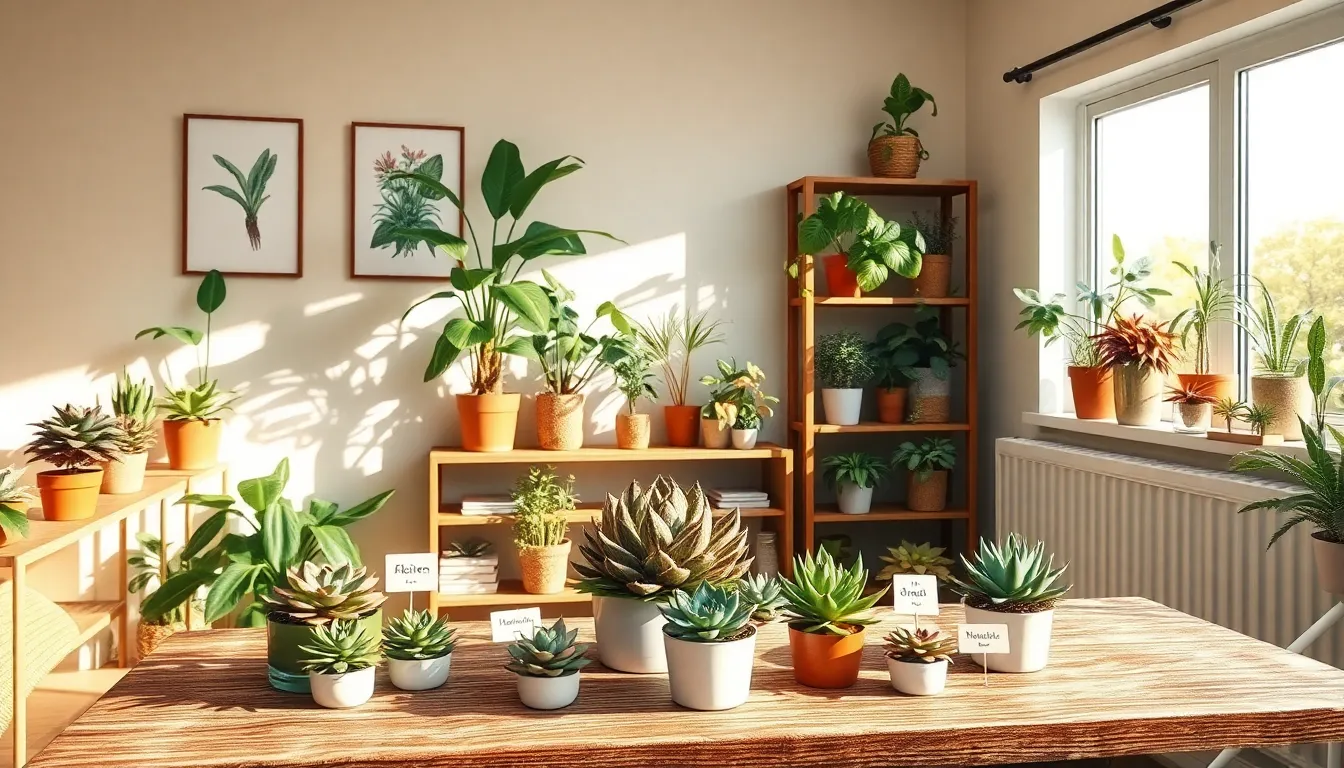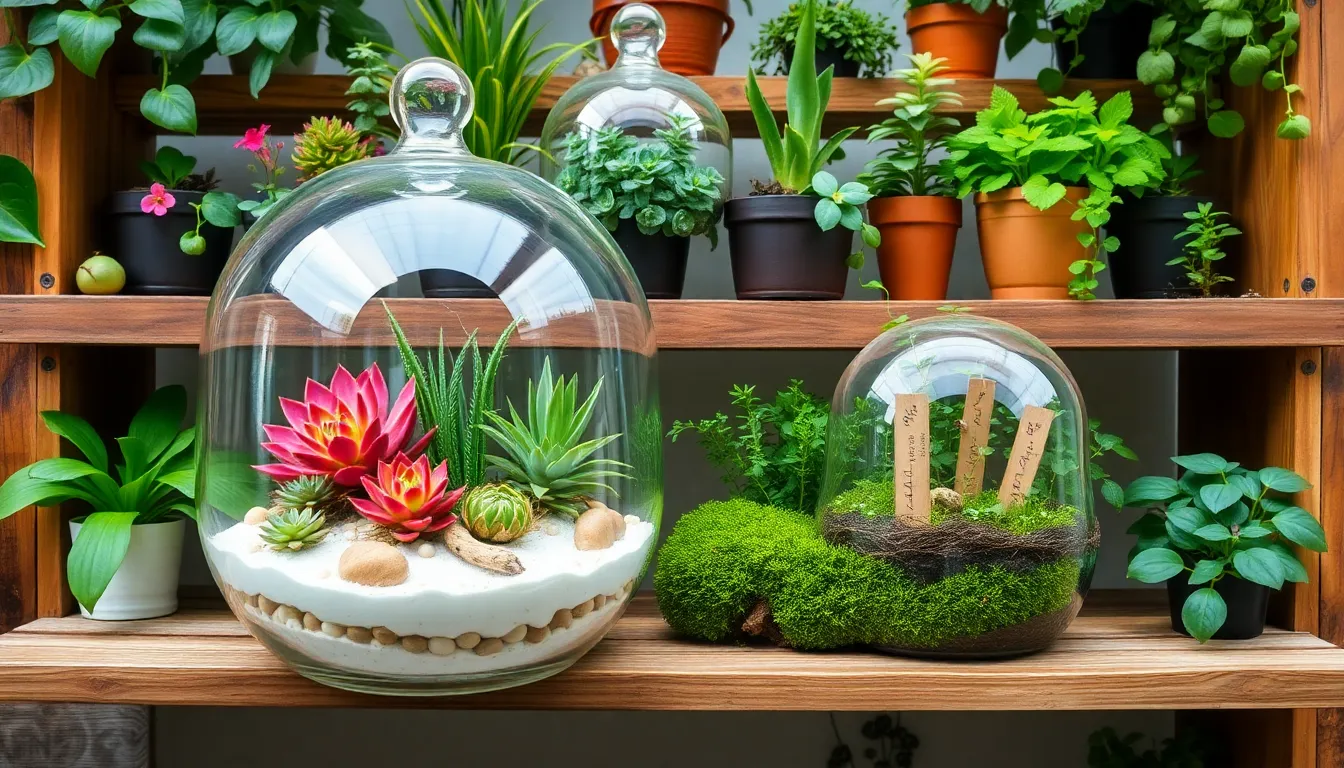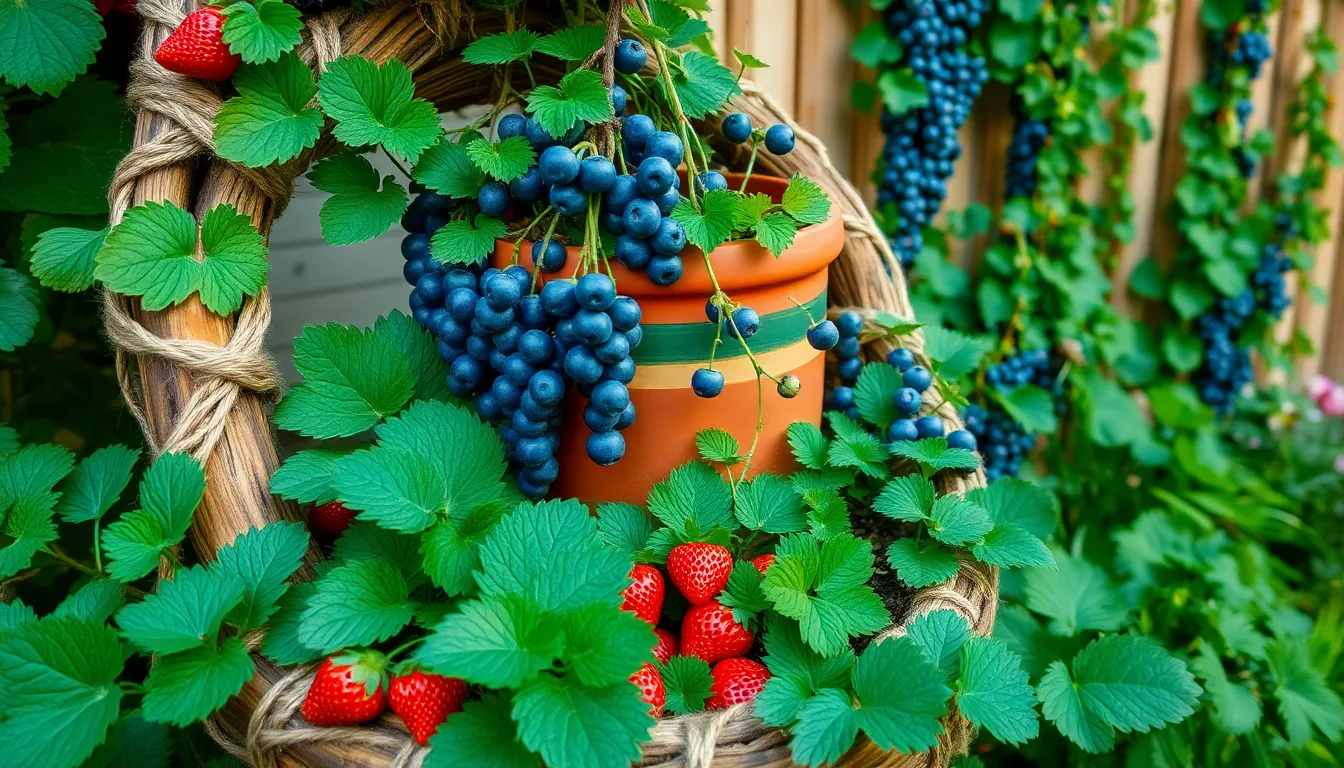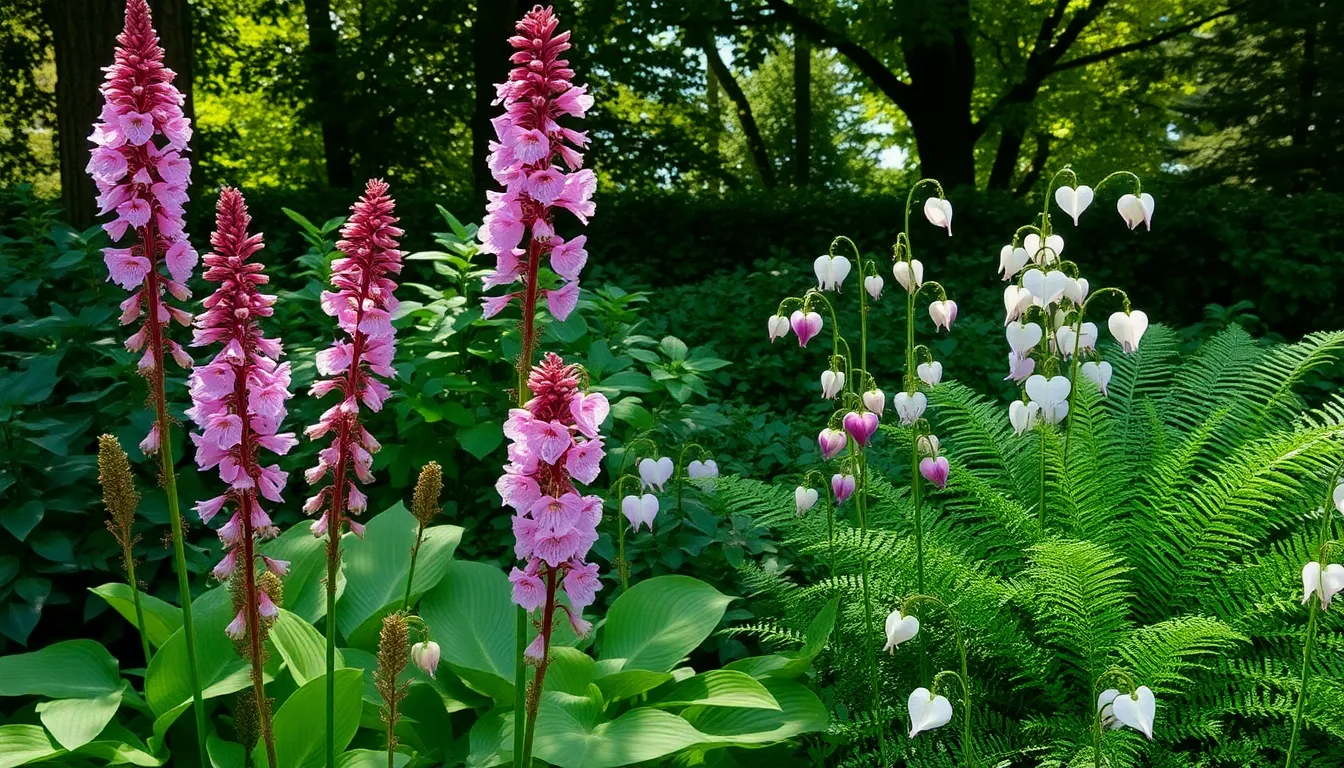Welcome to the vibrant world of indoor gardening, where the simple joys of nurturing plants can transform your living space into a lush, green sanctuary. Whether you’re just beginning your gardening journey or have years of experience under your belt, this guide is crafted to inspire and empower you, providing practical tips that will make your indoor garden flourish.
In this collection of indoor gardening tips, you’ll find valuable insights that cater to every gardener’s needs. From selecting the right plants to mastering the art of watering, each technique is designed to boost your confidence and ensure your success, making the experience as rewarding as it is enjoyable.
Embrace the potential of your indoor garden as you explore ways to enhance your home’s ambiance while benefiting from improved air quality and a peaceful atmosphere. With this guide in hand, you’re not just growing plants; you’re cultivating a lifelong passion that brings beauty and joy into your everyday life.
Choose Easy-Care Plant Varieties
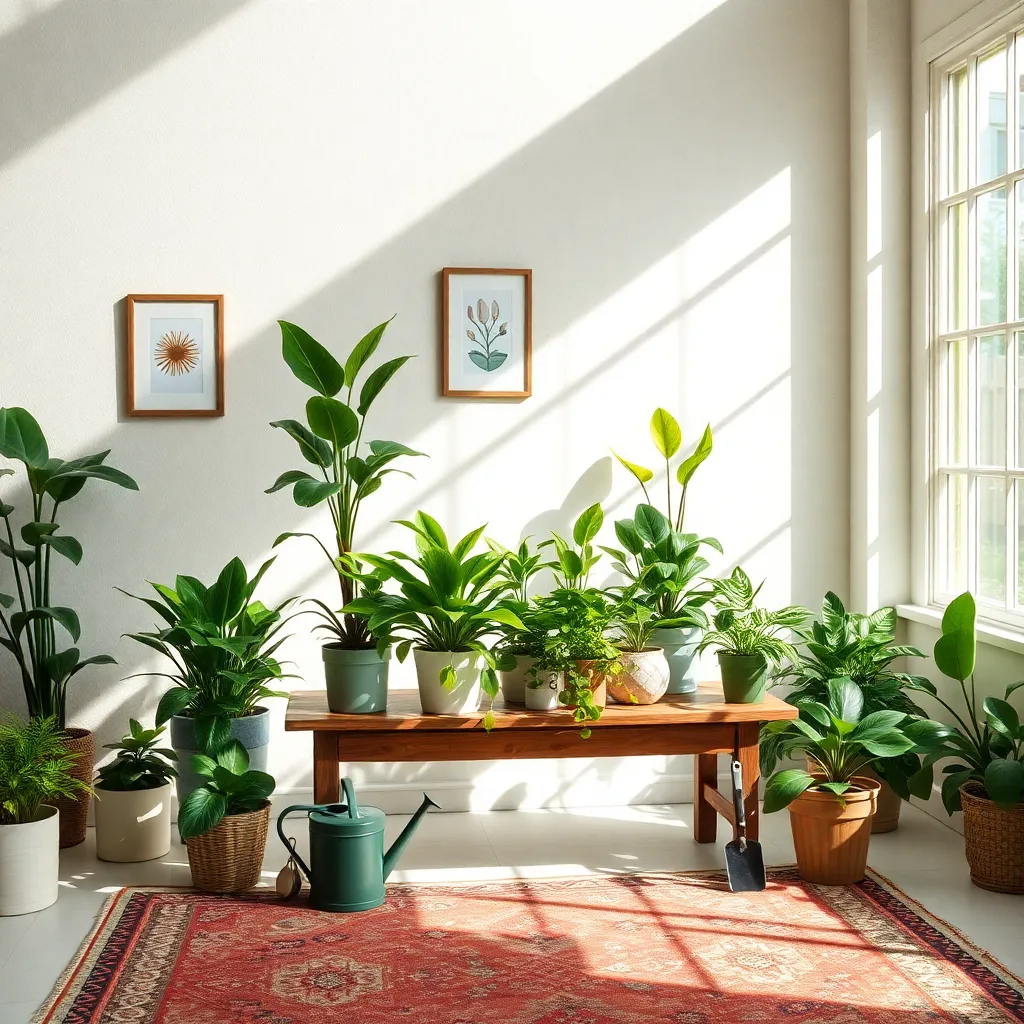
When starting your indoor garden, choosing easy-care plant varieties can greatly enhance your success as a beginner. Snake plants (Sansevieria) and pothos (Epipremnum aureum) are excellent choices due to their low maintenance requirements and adaptability to various light conditions.
Snake plants thrive in indirect light but can also tolerate low-light conditions, making them perfect for a variety of indoor spaces. Water these plants sparingly, allowing the soil to dry out completely between waterings to prevent root rot.
Pothos is another forgiving plant that can survive in low light and requires minimal attention. Keep the soil slightly moist and provide a diluted liquid fertilizer every two months to encourage lush growth.
For a pop of color, consider the vibrant leaves of the spider plant (Chlorophytum comosum). These plants prefer bright, indirect light and benefit from a well-draining potting mix enriched with perlite to prevent waterlogging.
Position Near Natural Light Sources
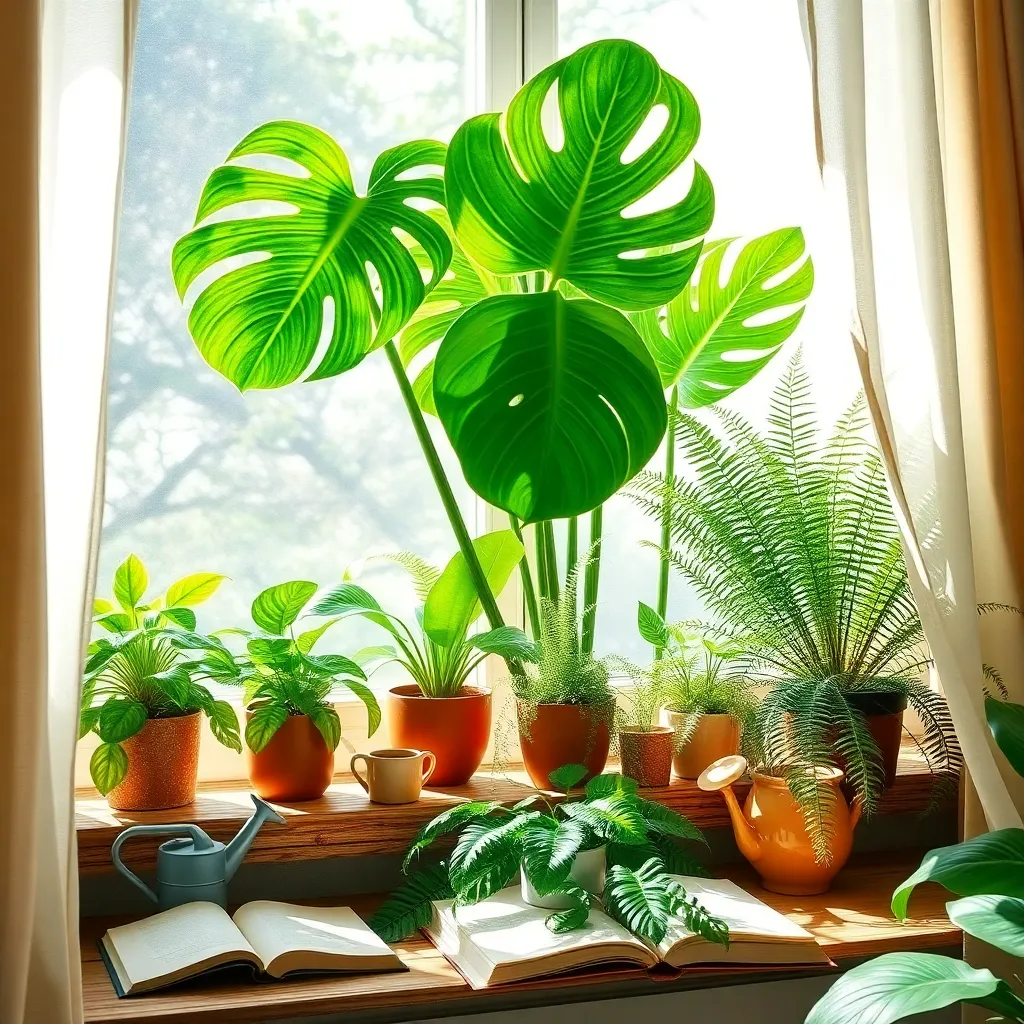
Positioning your plants near natural light sources is crucial for their growth and health. Most indoor plants thrive when placed within 3 to 5 feet of a window, where they can bask in indirect sunlight for several hours each day.
It’s important to consider the direction your windows face, as this affects light intensity. South-facing windows typically provide the brightest light, ideal for sun-loving plants like succulents and cacti, while east and west-facing windows offer moderate light suitable for ferns and peace lilies.
For those without access to abundant natural light, consider using supplemental grow lights to support your plants. LED grow lights are energy-efficient and can be adjusted to provide the specific light spectrum your plants need, mimicking natural daylight.
Beginners should also be mindful of rotating their plants every few weeks. This practice ensures that all sides of the plant receive equal light exposure, promoting even growth and preventing the plant from leaning towards the light source.
Use Proper Indoor Potting Soil
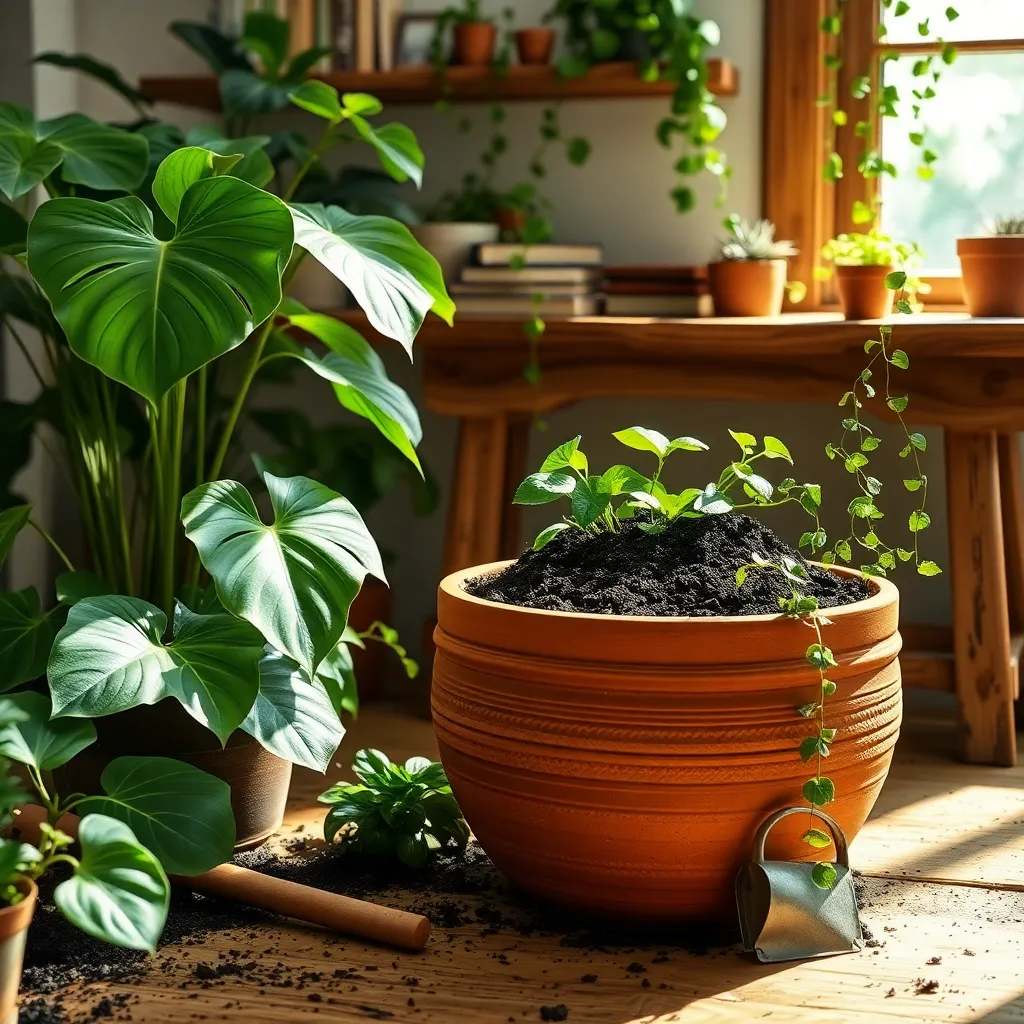
Choosing the right potting soil is crucial for the success of your indoor plants. Indoor potting soil should be light, airy, and well-draining to prevent waterlogging and root rot.
When selecting potting soil, look for mixes specifically labeled for indoor plants; these often contain peat moss, vermiculite, and perlite. These ingredients help retain moisture while ensuring excess water can drain away, which is vital for plant health.
For beginners, a quality potting mix from your local garden center is a great starting point. However, if you want more control, consider making your own mix with equal parts peat moss, perlite, and vermiculite.
Experienced gardeners can experiment with customizing their soil to suit specific plant needs. For example, cacti and succulents prefer a gritty mix with more sand and less organic material.
Regardless of the type of soil you choose, remember to repot your plants every couple of years. This refreshes the nutrient content and ensures the roots have enough space to grow.
Regularly Check Soil Moisture Levels
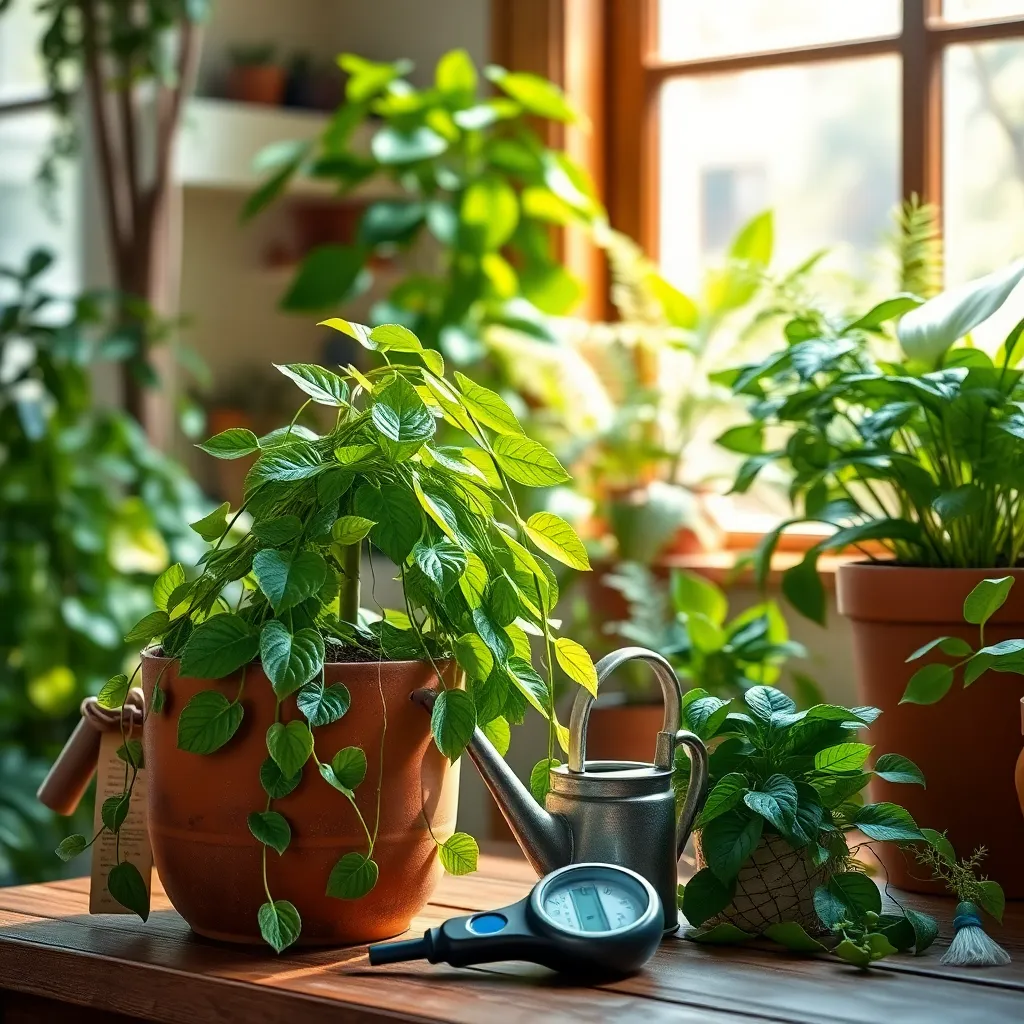
Regularly checking soil moisture levels is crucial to prevent both overwatering and underwatering your indoor plants. To get started, insert your finger into the soil up to the first knuckle; if it feels dry, it’s time to water.
Another effective method is to use a moisture meter, which provides accurate readings without guesswork. For most indoor plants, you’ll want the soil to be moist but not soggy, as excess water can lead to root rot.
Understanding your plant’s specific moisture needs can greatly improve your indoor gardening success. Some plants, like succulents, prefer drier conditions, while others, such as ferns, thrive in consistently moist soil.
For beginners, it’s helpful to establish a regular watering schedule, but always adjust based on plant response and seasonal changes. Advanced gardeners often benefit from observing plant behavior and environmental factors, like indoor humidity, to fine-tune their watering routines.
Maintain Consistent Indoor Temperatures
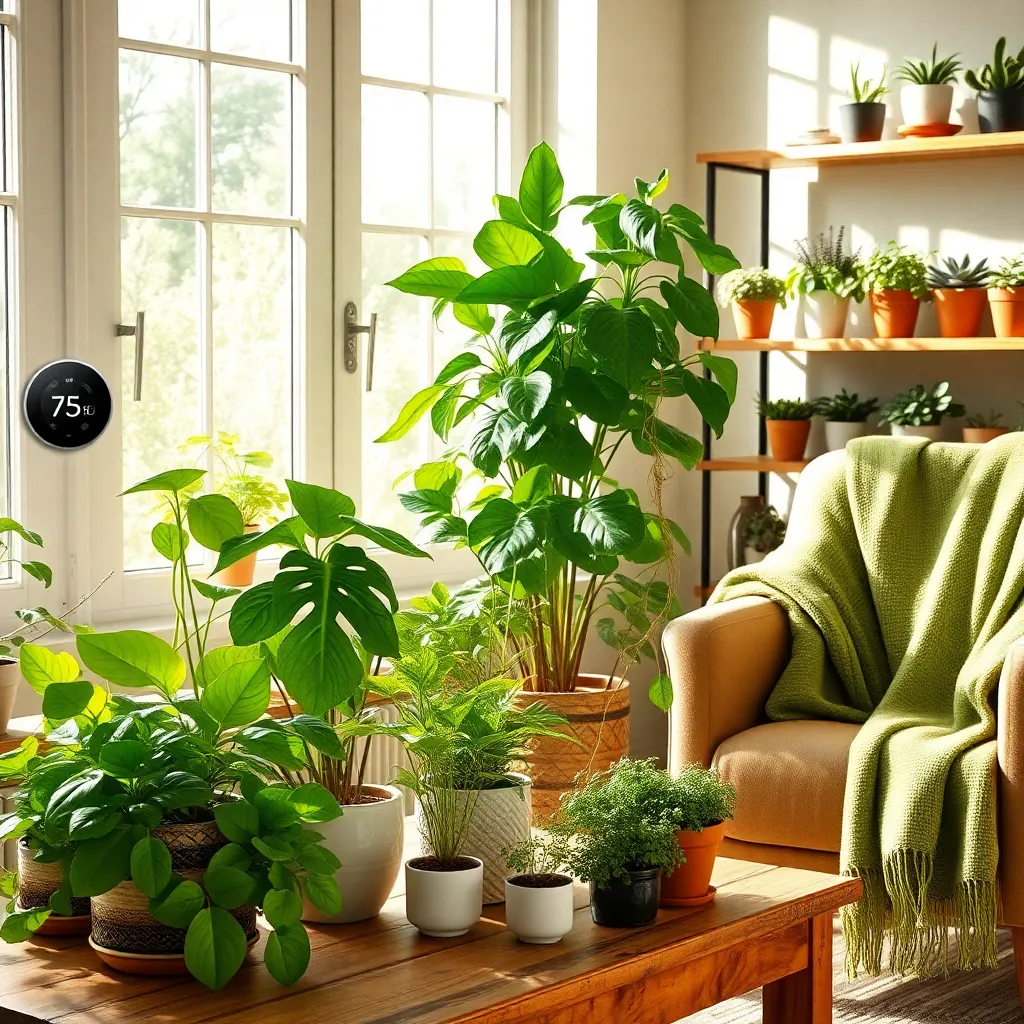
Maintaining consistent indoor temperatures is crucial for the health of your indoor plants. Sudden temperature changes can stress plants, affecting their growth and overall health.
One practical way to achieve temperature consistency is by positioning your plants away from drafty windows and doors. Additionally, keep them away from heat sources like radiators and vents, which can cause dry air and temperature fluctuations.
Using a digital thermometer can help you monitor the room’s temperature effectively. Aim to keep the temperature between 65°F to 75°F for most houseplants, as this range supports optimal growth.
For those willing to go a step further, consider using a room humidifier to maintain humidity levels between 40% and 60%, which complements temperature control. This is particularly beneficial for tropical plants that thrive in more humid environments.
Conclusion: Growing Success with These Plants
In the journey of nurturing your indoor garden, you’ve also unearthed valuable relationship insights. First, patience is key; just as plants need time to grow, relationships flourish with nurturing and understanding. Second, consistent care—whether watering plants or maintaining communication—ensures vitality. Third, adaptability is crucial; environments and relationships both thrive when adjustments are made to meet changing needs. Fourth, diversity adds richness; a variety of plants, like diverse perspectives, enhances the beauty and strength of both gardens and relationships. Lastly, the importance of a strong foundation cannot be overstated; healthy soil and trust are essential for growth.
As your immediate next step, choose one relationship in your life to intentionally nurture using these principles. Observe and note the changes, just as you would with a new plant.
We encourage you to save or bookmark this article, so you can revisit these insights whenever you need a reminder of the parallels between gardening and cultivating meaningful relationships. Remember, just like a flourishing indoor garden, a successful relationship is an ongoing journey of care and growth, promising a future of shared joy and resilience. Your relationships deserve the same dedication and love you give to every new leaf and bloom.

